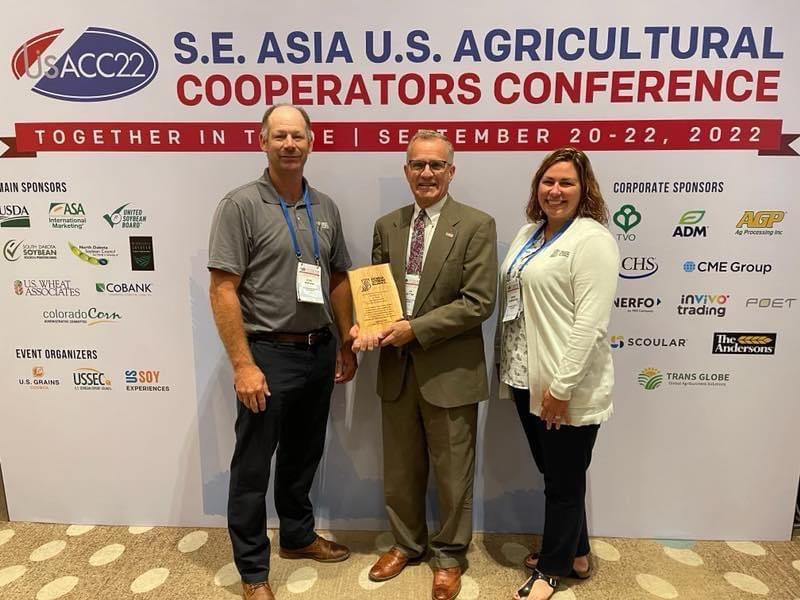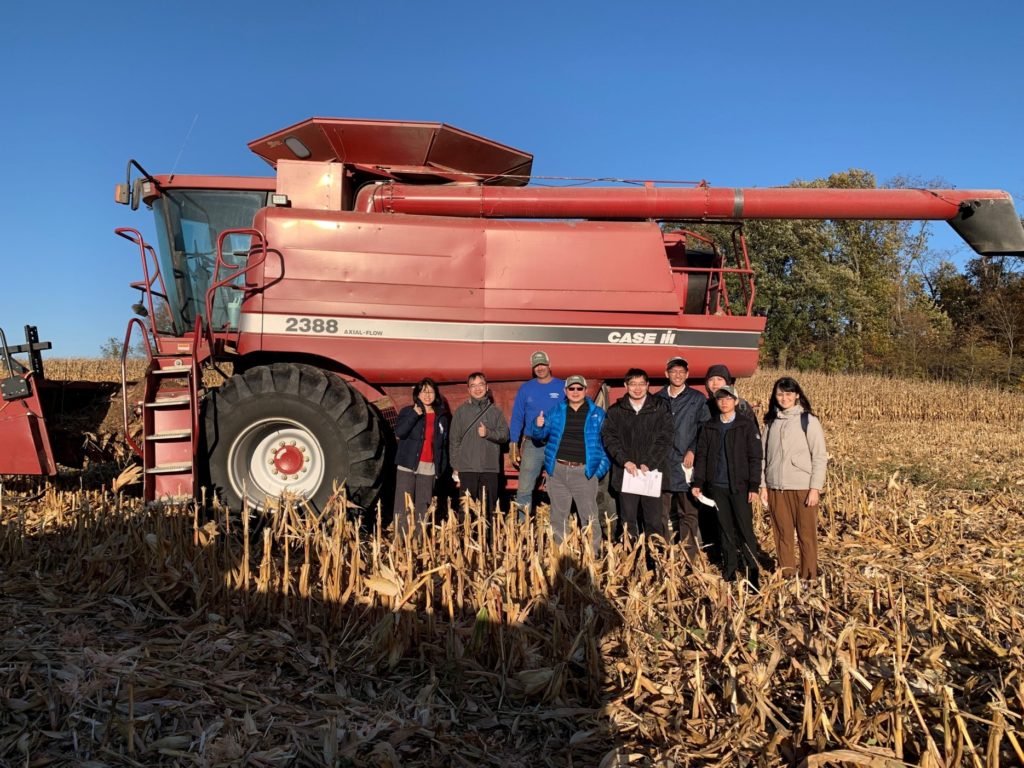USSEC Brings Farmers and Suppliers to Soy Food Customers
By Laura Temple
Where do these soy food beans go?
While the U.S. Soy farmers who are raising food beans know people will eat their crop, that concept becomes real when they meet those people and the companies that buy their soybeans to produce tofu, miso, tempeh, soy drinks and more.
USSEC, with support from the U.S. soybean checkoff, hosts trade teams comprised of soy food manufacturers every year, allowing them to connect with the farmers and suppliers that raise and ship their soybeans. At the same time, USSEC intentionally sends famers to meet with their end users.
“Our goal is to nurture relationships and help each link in the soy food value chain learn how they can deliver value to the others,” says Will McNair, director of oil and soy food programs and deputy director of Northeast Asia for USSEC. “Meeting food company decision makers and their customers on their home turf and seeing soy food production facilities helps U.S. farmers and suppliers understand how their production and handling decisions impact the final product.”
He adds that including farmers serving in soybean industry leadership positions both within and outside USSEC allows more of them to understand and share what soy food customers need from U.S. Soy.
Those U.S. farmers highly prioritize meeting with customers. For example, three farmers from different areas of the U.S. took time out of harvest to travel to Japan and meet with customers in early October 2022.
“U.S. Soy has collaborated with Japan since 1956, and today we enjoy a 75% market share there,” says trip participant Monte Peterson, who farms near Valley City, North Dakota in the Northern Plains of the U.S. and is a USSEC board member. “It is important that we continue to share our appreciation for that long and rich partnership. Besides strengthening relations with customers, we provided the latest global market and industry information to facilitate decision making along the supply chain.”
McNair says USSEC organizes trips like this to specifically meet with customers. But USSEC also uses customer events as an opportunity to bring farmers and suppliers to customers, as well.
In September, USSEC hosted the Southeast Asia Cooperators Conference, which emphasized resiliency in food. While USSEC board members and staff attended and presented, other U.S. farmers participated, including Indiana Soybean Alliance and American Soybean Association director Mike Koehne, a farmer from Greensburg, Indiana. Koehne raises soy food beans and other specialty crops.

At the conference, he and his group met grain buyers from throughout Southeast Asia. They sat alongside those customers to learn about describe global demand, U.S. yield potential, ongoing supply chain issues, challenges of rising input costs and more.
“A trip like this is well worth the time — even when it’s right before harvest,” Koehne says. “We learn so much by talking to actual end users. I returned from the trip with information to share with other farmers that helps us all make better management decisions on our farms to better meet customer needs. As I raise my soybeans, I will adjust my decision-making to raise a better product that they want to purchase.”
In the middle of harvest, Koehne returned the favor. He welcomed a Taiwanese team that was visiting the U.S. to his farm. Some of his soy food beans go to Taiwan to make tofu. The trade team participants learned about the process of harvesting soybeans. They also saw the combine in action — though Koehne was picking corn that day.

“Taking farmers to meet soy food manufacturers in person, learn how they produce their products and interact with their end customers influences how they raise soy food beans,” McNair says. “These visits show farmers and suppliers the faces of those they are feeding, and that motivates them to continue improving the quality and sustainability of U.S. Soy.”
This story was partially funded by U.S. Soy farmers, their checkoff and the soy value chain.